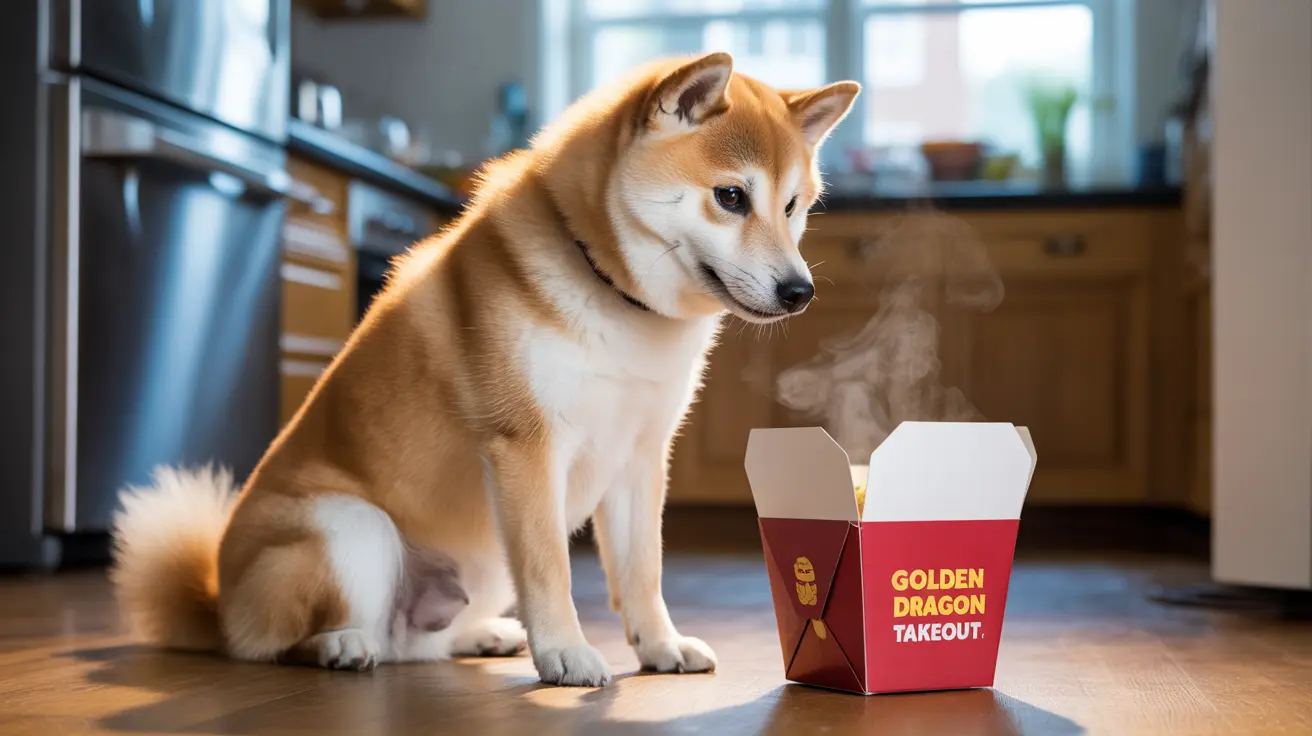As a pet owner, you've likely noticed your dog's eager interest when Chinese takeout arrives at your door. The aromatic and flavorful dishes might seem tempting to share, but before you offer your furry friend a bite, it's crucial to understand the potential dangers lurking in these popular dishes.
Chinese food, while delicious for humans, contains numerous ingredients that can be harmful or even toxic to dogs. From common seasonings to cooking methods, many elements of Chinese cuisine pose significant health risks to our canine companions. Let's explore why Chinese food and dogs don't mix, and what you need to know to keep your pet safe.
Dangerous Ingredients in Chinese Food for Dogs
Toxic Seasonings and Spices
Many Chinese dishes contain ingredients that are highly toxic to dogs. Garlic and onions, fundamental components in Chinese cooking, can cause severe health problems in dogs, including hemolytic anemia – a dangerous condition where red blood cells are destroyed. Even small amounts of these ingredients, whether raw, cooked, or in powder form, can be harmful.
MSG (monosodium glutamate) and various spices used in Chinese cuisine can cause gastrointestinal distress in dogs. While not immediately lethal, these additives can lead to vomiting, diarrhea, and long-term digestive issues.
Problematic Sauces and Seasonings
Soy sauce and other high-sodium condiments common in Chinese dishes pose a serious risk of salt toxicity in dogs. Even small amounts can lead to excessive thirst, urination, and in severe cases, sodium poisoning. This condition can cause tremors, seizures, and even death if left untreated.
Common Chinese Dishes and Their Risks
Fried Foods and Rice Dishes
Popular items like egg rolls and fried rice are particularly dangerous for dogs. These foods are typically high in unhealthy fats and oils, which can trigger pancreatitis – a painful and potentially life-threatening inflammation of the pancreas. Additionally, these dishes often contain toxic ingredients like garlic and onions.
Noodles and Vegetables
While plain vegetables might seem safe, most Chinese preparations include harmful seasonings and sauces. Even seemingly innocent dishes like lo mein or vegetable stir-fry contain ingredients that could harm your dog. The high oil content and seasonings make these dishes unsuitable for canine consumption.
What to Do If Your Dog Eats Chinese Food
If your dog manages to sneak some Chinese food, monitor them closely for signs of distress. Watch for symptoms such as:
- Vomiting or diarrhea
- Lethargy or weakness
- Pale gums
- Rapid breathing or heart rate
- Dark-colored urine
Contact your veterinarian immediately if you notice any of these symptoms, especially if you know your dog has consumed foods containing garlic or onions.
Safe Alternatives for Dogs
Instead of sharing Chinese food, consider these dog-safe alternatives:
- Plain, cooked white rice (no seasonings)
- Plain, cooked chicken or turkey (no sauce or seasonings)
- Plain, cooked vegetables like carrots or green beans
- Commercial dog treats specifically formulated for canine consumption
Frequently Asked Questions
Can dogs safely eat any types of Chinese food, or should it be completely avoided?
Chinese food should be completely avoided for dogs. The combination of toxic ingredients, high salt content, and unhealthy cooking methods makes it unsafe for canine consumption.
What common ingredients in Chinese food are toxic or harmful to dogs?
Garlic, onions, MSG, high sodium content, and various spices are toxic to dogs. These ingredients can cause serious health issues ranging from digestive problems to severe anemia.
What symptoms should I watch for if my dog accidentally eats Chinese food containing garlic or onions?
Watch for vomiting, diarrhea, weakness, pale gums, increased heart and respiratory rates, and dark-colored urine. These symptoms could indicate garlic or onion toxicity.
Are there any safe Chinese food alternatives or plain dishes I can share with my dog?
Plain, cooked white rice or unseasoned, cooked chicken are safe alternatives. However, these should be prepared separately without any Chinese seasonings or sauces.
Why is soy sauce and high salt content in Chinese food dangerous for dogs?
High sodium content can lead to salt toxicity in dogs, causing excessive thirst, urination, vomiting, diarrhea, and in severe cases, seizures or death. Dogs get sufficient sodium from their regular diet and don't need additional salt.
Remember, the best way to show love to your dog isn't through sharing human food, but by providing them with appropriate, nutritionally balanced dog food and treats designed specifically for their needs.






